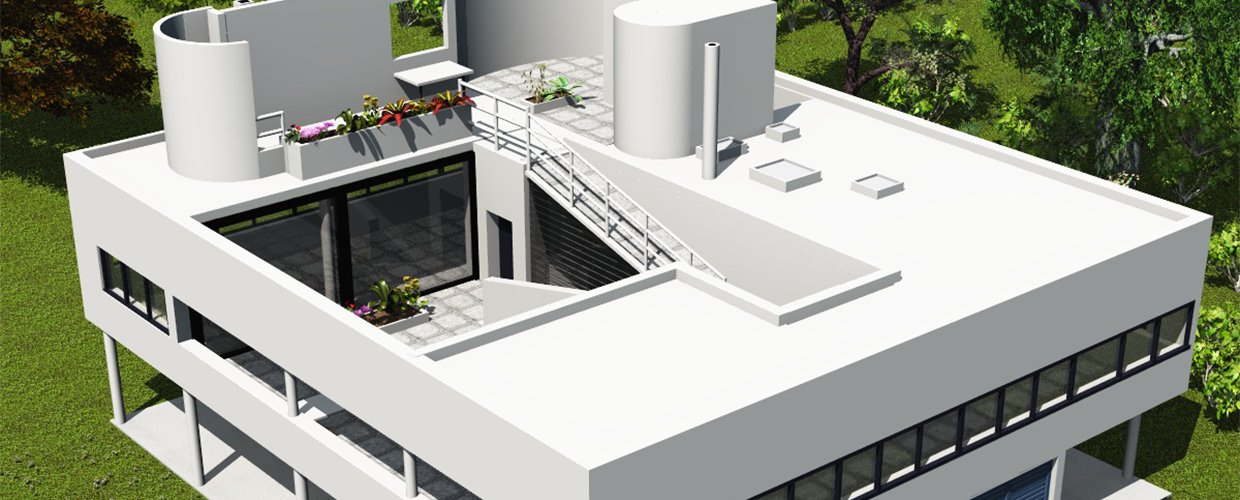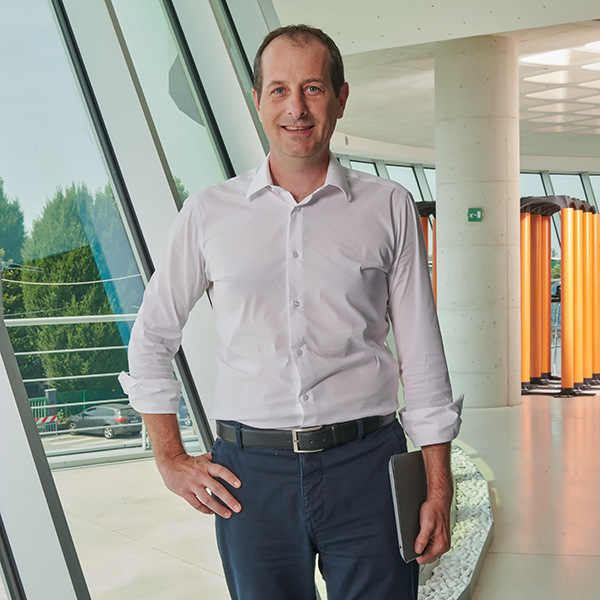Le Corbusier’s roof gardens
by Nikola Tosic, 13 April 2017

Le Corbusier’s Villa Savoye in Poissy, France, that sums up his five points of architecture.
Roof gardens play a far greater part in improving city living and nowadays are becoming increasingly common worldwide. But it is not about a recent architectural topic: it had already captured the interest of the renowned Swiss-French architect Le Corbusier at the beginning of the Twentieth Century.
In 1926 Le Corbusier and Pierre Jeannert wrote the short manifesto “Five Points Towards a New Architecture“, where they discussed supports, free design of the ground plane, horizontal windows, free design of the facade and roof gardens.
Within Le Corbusier research, the roof garden was a fundamental mean of bringing nature to houses. It meant to a city the recovery of all the built-up area. Le Corbusier experimented with a variety of spatial conditions for the roof garden: it could be an elevated space with vegetation within the heart of the building, a terraced garden, external to the building, as well as a solarium, at the top.
Today it has been confirmed that Le Corbusier’s work was going in the right direction. Several recent research studies measured the impact on noise, pollution, and heat of roof gardens and got these conclusions:
- Greenery on buildings can reduce air pollution by up to 20%;
- Sound levels are also decreased by up to 10 decibels – effectively making traffic sound half as loud;
- The ‘heat island’ effect in urban areas can send temperatures soaring by about 12°C above surrounding countryside, but increasing the number of trees and gardens can reduce that to just 2°C higher than temperatures outside the city;
- Cladding a building in greenery also slashes the amount of energy it uses by up to 8%.
Learn more about Drainroof, Geoplast solution for roof gardens
